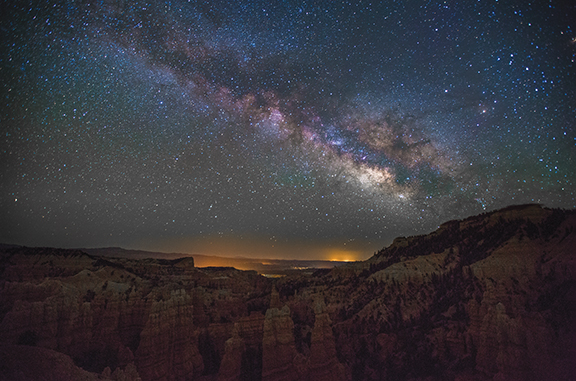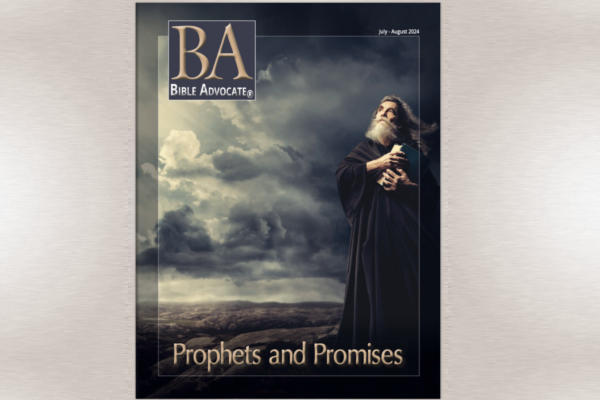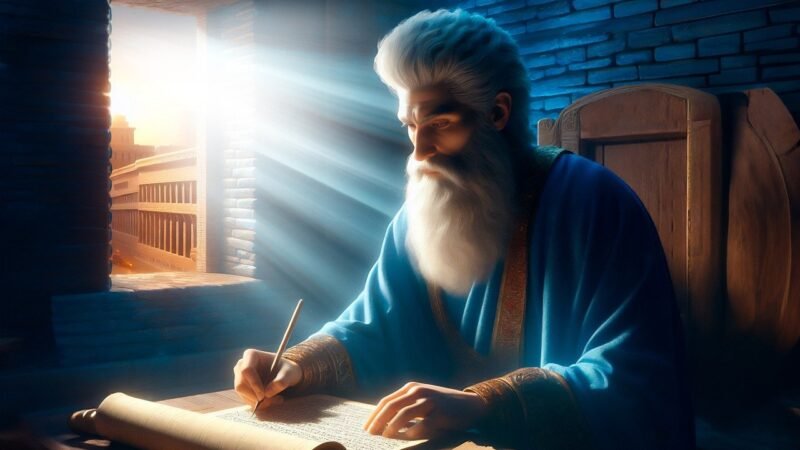I have seen many kinds of church buildings in my journey. I can remember something about all of them, except the first (my first year of life).
Several churches from my childhood stand out in memory. In one of them, we were building a sanctuary while we were there. It was enormous and in the round. I have a photograph of my brother and me standing in front of it as it was being constructed, my brother pointing out something with his arm around me. It seemed like a stadium, it was so huge. It is gone now, the building and the church.
I remember the deep burgundy carpet in the second church. Around the organist, there was a railing with short matching burgundy curtains, which I stared at through many long services.
The third church is where I spent formative years in my early teens, so I remember a great deal about it. When my wife and I were on vacation recently, we drove by, and I saw some things I recognized. But mostly, everything had changed. I knew that what had changed inside was greater than what had changed outside. Familiar people would be gone. The staff would be entirely new. The worship would be different. If I went inside, there would likely be almost nothing familiar.
Nevertheless, I also knew that no matter how much had changed inside, the church was still essentially the same. There would be new methods, a new feel, new people, but they would be following the same purpose that drove us when we attended there in the early seventies.
God’s people are similar to church buildings. We have existence only insofar as we are led, shaped, and built by God. He is never finished with us. He is always working on us, and we cannot wait for completion before we are functional.
Careful plan
The church is not the result of a divine whim or passing fancy.
Paul wrote of Christ to the Colossians, “He is the image of the invisible God, the firstborn over all creation. For by Him all things were created . . . He is the head of the body, the church, who is the beginning, the firstborn from the dead, that in all things He may have the preeminence” (1:15, 16, 18).
Like much of Paul’s writings, this is a mouthful! Paul lined up superlatives. He said that beginning as far back as the creation, God has extended His effective work forward through the cross and redemption. When we identify with Christ’s work, we are part of what is much larger than what we are as individuals.
In thirty years, if we were to come back to our present church, it would not be recognizable. Nevertheless, it would be spiritually recognizable, since the same eternal purposes would drive her. God save us from our churches ever leaving our first love, for only then do we become unrecognizable (Revelation 2:4, 5). The church in Ephesus, which the angel spoke of, is now gone, as are the other six churches mentioned in Revelation 2 and 3. All of them were in what is today Islamic Turkey. Are they truly gone?
Sure foundation
Paul had previously said to the Ephesians:
Now, therefore, you are no longer strangers and foreigners, but fellow citizens with the saints and members of the household of God, having been built on the foundation of the apostles and prophets, Jesus Christ Himself being the chief cornerstone, in whom the whole building, being fitted together, grows into a holy temple in the Lord, in whom you also are being built together for a dwelling place of God in the Spirit (2:19-22).
The foundation of every church that God is building is Jesus Christ himself. That may be a hard concept to fully understand, but we might see it this way.
If we were to stretch a timeline from the foundation of the church through Jesus to today, we would see the original persecutions mixed with the organization of the infant church; the beginnings of self-awareness in theology just after the first century; the schisms and infighting, councils and creeds that declared each other anathema through the next five centuries; the decay of the Catholic Church; the breakout of the Protestant Church and the ensuing division of denominations in determining what the Bible rightly teaches; the founding of our denomination; the founding of our local church; and the history of our church to date.
Through all those events, haphazard as they might seem, Jesus is the timeline. We may see everything as a spotty and even broken history, but Jesus sees all this as part of the plan. His vision goes beyond today to what He has in store for us in the next day. He knows — while we just look forward with excitement and anticipation.
Sturdy materials
God does not use brick, mortar, wood, or steel to build His church. He uses sturdier and more resilient materials: living stones (1 Peter 2:5). The pyramids in Egypt may be some of the oldest buildings on earth and Stonehenge one of the oldest structures, but given enough time, they will crumble to dust. Most buildings do not last a hundred years.
If God gave the world another billion years, the real church building will still exist, with all of the changes to its original substance. Living stones just keep going. Think of that member sitting next to you: They keep going to eternity. Their existence, their spiritual force, never ends (Hebrews 12:1).
Spiritual structures
We are committed to the cause of Christ — growing, loving, serving, and being dependable, faithful, and flexible. God is building spiritual structures. We choose to be part of His building. We do not fret, for it is His structure, and if we allow God to build His structure His way, it will be a wonderful expression of His handiwork.
At first, we have momentary sadness when we think of the churches that are nothing like they used to be — now unfamiliar. Then when we reflect on their permanence in Christ, we can rejoice that only what is best in them has been preserved, forever.







